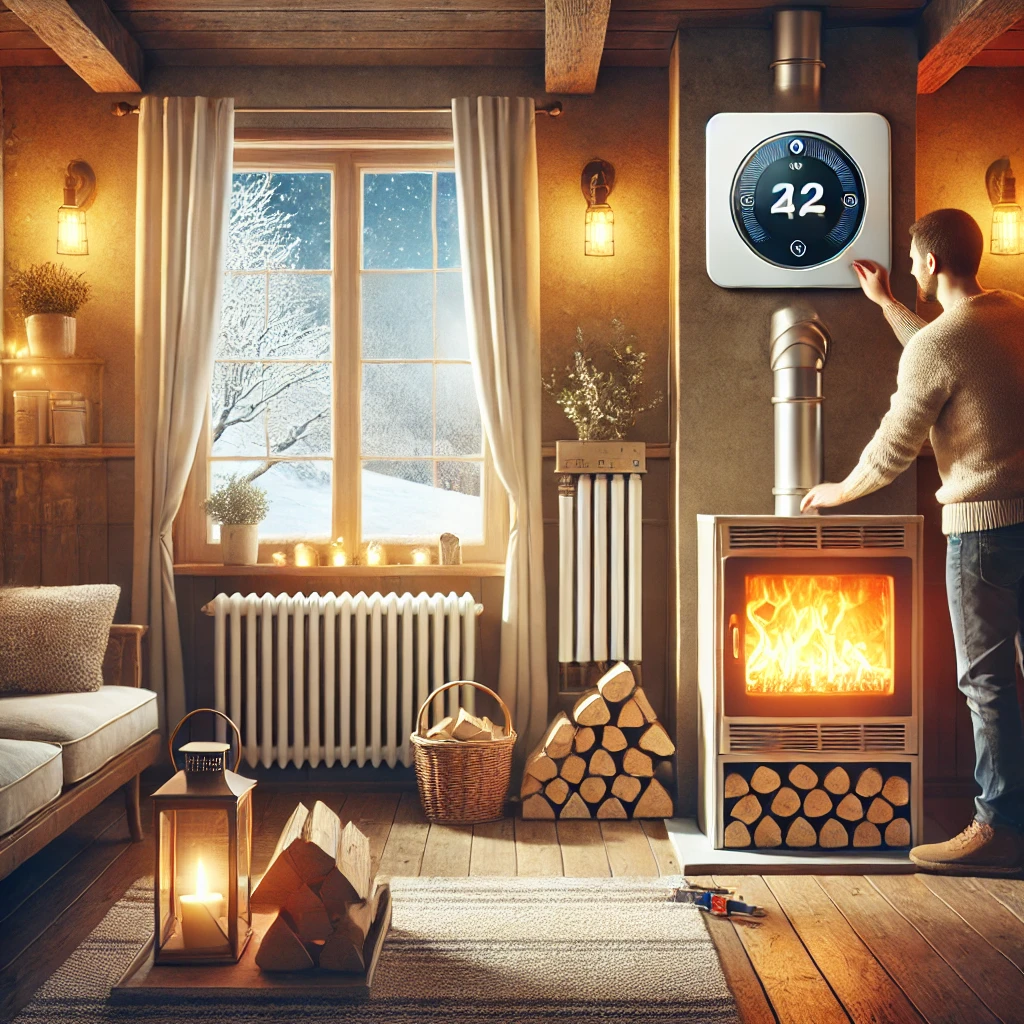How to Prepare for the Heating Season: A Comprehensive Guide
As the days grow shorter and temperatures drop, ensuring your home is ready for the heating season becomes crucial for comfort and safety. Preparing early can save you time, reduce energy costs, and prevent unexpected breakdowns when you need heat the most. Follow these steps to efficiently prepare for the colder months ahead:
1. Inspect Your Heating System
Before the cold weather sets in, it's crucial to make sure your heating system is functioning properly. Whether you have a furnace, boiler, heat pump, or another type of heating system, regular maintenance is key to efficiency and safety.
- Furnaces and Boilers: Have a certified technician inspect your furnace or boiler for any wear and tear. Ensure that filters are changed, pilot lights are working, and vents are clear of any obstructions. Clean or replace filters regularly during the heating season to maintain efficiency.
- Heat Pumps: If you have a heat pump, make sure it's clean and that the refrigerant levels are correct. Proper maintenance will improve energy efficiency.
- Radiators: Bleed radiators to release any trapped air, which helps them work more efficiently.

2. Seal Drafts and Improve Insulation
Proper insulation ensures that warm air stays inside your home, reducing energy consumption.
- Windows and Doors: Check for drafts around windows and doors. Install weatherstripping or caulk any gaps you find to prevent heat loss.
- Attics and Basements: Heat rises, so insulating your attic can prevent warm air from escaping through the roof. Similarly, sealing your basement will keep cold air from seeping in.
- Floor Insulation: For homes with unheated basements or crawlspaces, consider adding insulation beneath the floors to enhance warmth.
3. Test Smoke and Carbon Monoxide Detectors
The increased use of heating appliances during the winter months raises the risk of carbon monoxide poisoning and house fires. Ensure your detectors are in good working order.
- Smoke Alarms: Test smoke alarms to ensure they are functioning correctly. Replace the batteries and clean the sensors.
- Carbon Monoxide Detectors: Install or inspect carbon monoxide detectors. This is crucial for homes using gas or oil heating systems. Replace units older than seven years to ensure they provide reliable protection.
4. Check Your Thermostat
Make sure your thermostat is functioning correctly before the cold weather sets in.
- Programmable Thermostats: If you don't have a programmable thermostat, consider installing one. It allows you to set the temperature lower when you're away and automatically warm up the house before you return, reducing energy waste.
- Smart Thermostats: Upgrade to a smart thermostat for even more convenience. These devices can learn your schedule and optimize your heating, providing both comfort and energy savings.
5. Clean Chimneys and Vents
If your home has a fireplace, wood stove, or gas heater, now is the time to ensure they're clean and safe.
- Chimney Inspection: Schedule a professional chimney sweep to remove any soot, creosote, or debris that can cause blockages or fires.
- Ventilation: Ensure that all heating appliances are venting properly. Blocked vents can cause carbon monoxide buildup, which is extremely dangerous.
6. Stock Up on Heating Supplies
If you rely on wood, pellets, or oil for heat, now is the time to stock up before demand rises and prices increase.
- Firewood: Ensure your firewood is dry and properly seasoned. Store it in a dry place to prevent mold and pests.
- Pellets: Buy pellets early, as prices tend to spike during peak heating season.
- Fuel Oil: Schedule an early delivery to top off your oil tank. Keep an eye on prices and try to buy when prices are lower.
7. Prepare for Power Outages
Winter storms can cause power outages, leaving you without heat. Prepare your home with backup systems and emergency supplies.
- Generators: If you have a backup generator, test it now to make sure it's in working condition. Ensure you have enough fuel to run it if necessary.
- Portable Heaters: Invest in portable heaters that are safe for indoor use in case of an emergency.
- Blankets and Emergency Kits: Stock up on extra blankets and have an emergency kit that includes batteries, flashlights, and non-perishable food.
8. Adjust Your Curtains and Blinds
Maximizing natural sunlight can help heat your home for free.
- Open Curtains During the Day: Let sunlight in through south-facing windows to warm your space naturally.
- Close Curtains at Night: Keep your home insulated by closing curtains or blinds after sunset to trap the heat.
9. Consider Energy Efficiency Upgrades
If your heating system is outdated, it may be time to invest in more energy-efficient solutions.
- High-Efficiency Furnaces and Boilers: Replacing older heating systems with high-efficiency models can save you up to 20% on heating bills.
- Geothermal and Solar Options: For a more sustainable option, consider geothermal heat pumps or solar heating systems to reduce your carbon footprint and energy expenses.
10. Create a Heating Schedule
Once your home is prepared, consider setting up a heating schedule to keep your home comfortable and energy-efficient.
- Nighttime: Lower the thermostat at night when you're under blankets.
- Work Hours: Lower the temperature when the house is empty during work hours.
Preparing for the heating season requires attention to detail, but the payoff is well worth it. By ensuring your heating system is in top shape, sealing drafts, and improving insulation, you can enjoy